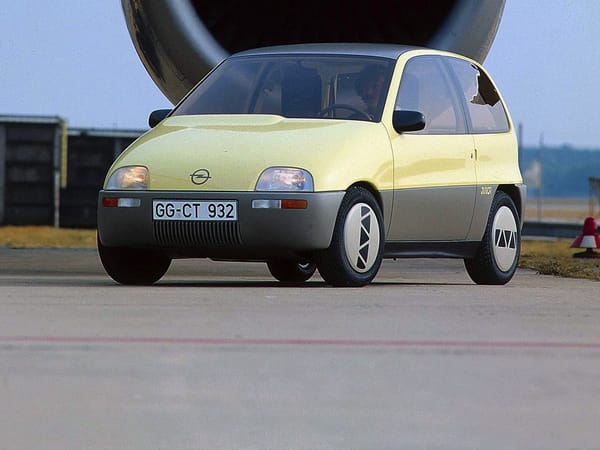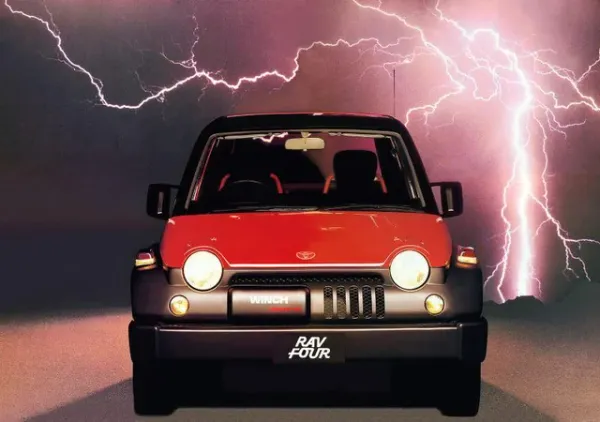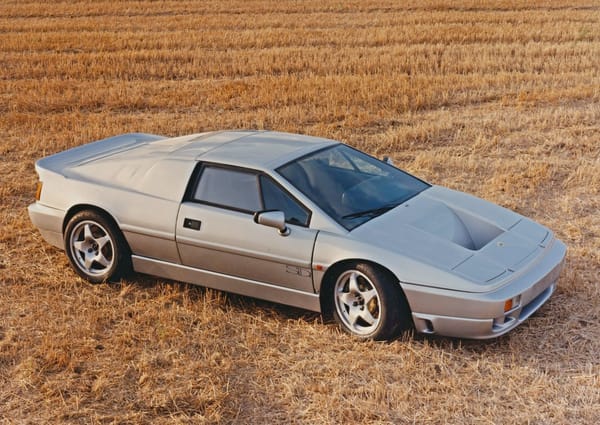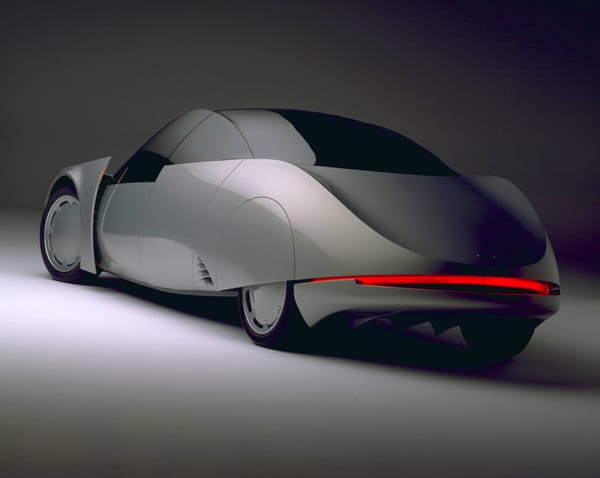Honda Side-by-Side
Car of the Day #73: 1997 Honda Side-by-Side

This is what you want, right? This is what the weird among us, myself included, draw on napkins, as we mentally work through all vehicular possibilities.
Later in life, these same people challenge themselves to conceive of and build the most pure, intense, four-wheeled driving experience and will stop at nothing to get it…until the solution becomes a classic, potentially tragic, folly: a motorcycle engined car.
Motorcycle engines in cars? Ha! There are too many to count, what’s the problem?
Here, Honda; say it with me — H - O - N - D - A — engineers, masters of both car and bike, dreamt up a unique take on the theme. And…it enjoyed about as much commercial success as its HSV-010. Here’s the link to the press release but, simply, Honda put the engine beside the driver for ultimate handling balance.


Honda is a two-time member of this 'engine beside the driver' club, by the way, a feat that even Smokey Yunick couldn't manage.
First, in 1997, it debuted the chain driven Side-by-Side, the jewel at the centre of a one-make racing school…itself at the heart of its brand-new and (still) state-of-the-art Twin Ring Motegi complex.
With 50 made, it's definitely one of the world’s most successful side-by-sides, if your definition of side-by-side only includes cars where the engine is beside its driver and not the off-road varietal.
Here is the technical overview provided by Honda:
Side-by-Side Technical Overview
- Handling stability
By locating the engine on the driver's right hand side, all inertial masses are concentrated near the center of gravity. A very low polar moment of 32.1 kgms2 is thus achieved, with the neutral steer line1 almost over-lapping with the center of gravity for superior turn in performance. Slide control is thus much easier thanks to a reduced tendency to sudden change from under-steering to oversteering behavior. From short to international circuits, this Side-by-Side promises much driving fun.
1 The neutral steer line is the line over which cornering forces do not translate into either understeer or oversteer. - Engine
The Side-by-Side is powered by the narrow V-twin engine used in the XRV750 Africa Twin motorcycle. This compact, lightweight engine was chosen for its narrow dimensions, allowing it to be located on the driver's right hand side. - Drivetrain
The 5-speed sequential transmission is another carry-over component from the XRV750 Africa Twin. Power is delivered to the rear wheels via chain drive with a simple change of the driven sprocket allowing the tailoring of gear ratios to circuit characteristics. - Safety
The Side-by-Side was developed to provide the same driver protection as in the FJ1600 category thus allowing anyone to enjoy safe circuit driving. In case of an accident, the car is designed to allow for prompt driver extraction and rescue.
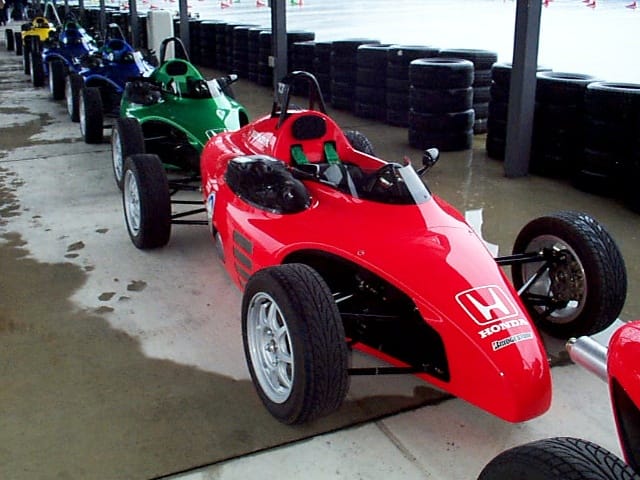
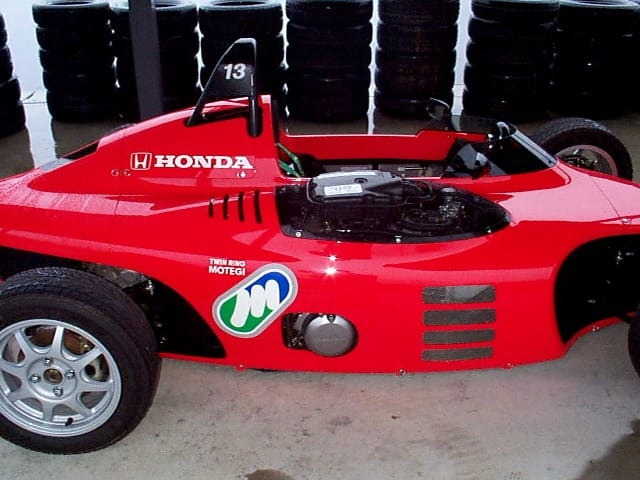
Honda Side-by-Side group photos • via pulpracing.com
Its poise and balance may indeed have been exceptional, given Honda’s remarks (above) and period track tests and the fact what's not to love about ripping around Twin Ring Motegi in a formula car??
Laid out to be in mechanical harmony from the perspective of chassis balance and predictable handling, the Side-by-Side permanently put a 742-cc V-twin engine where a passenger never would be in an open wheel formula-type car.
Before its driver strapped in, offset from its centerline the Side-by-Side weighed just 390 kg (860 lbs). That figure is even less than the company's heavier, much more powerful Project 2&4 from 2015, its second vehicle constructed in this theme, and one I’m sure I’ll cover at some point.

The exotic and visually intense Project 2&4, which is the result of putting a superbike and '60s Formula 1 car in an 11,000 rpm blender; a much more performance-oriented take though this Honda was born to live on a race track.
Side-by-Side had adequate power, ~57 horsepower, and Honda claimed it is approximately as fast as a ’90s Formula 1600 racing car. No complaints here.
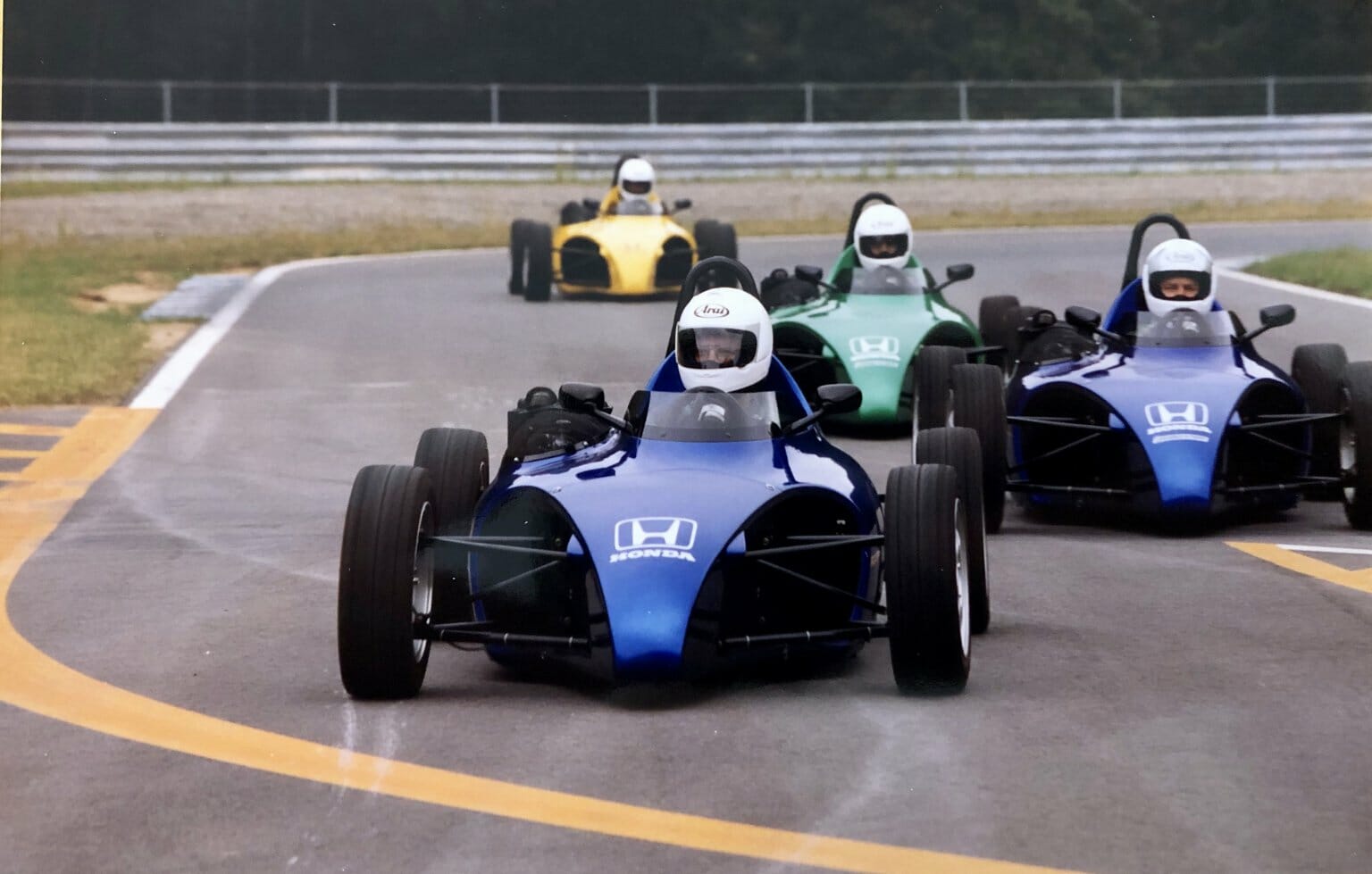
While the press release is still online, what hasn’t remained online, seemingly, are the Side-by-Side cars themselves.
A cursory scan of the Twin Ring Motegi website, where the track itself is a small part of the overall resort complex, doesn’t seem to show the cars as being part of the attractions, though I’m very happy to be wrong if anyone reading this knows where these cars ended up…
SUPPORTING MEMBERS
Thank you to my supporting members: Ben B., Brad B., Chris G., Daniel G., Damian S., Daniel P., Drew M., Ingrid P., Karl D., Luis O., Michael J., Michael L., Michelle S., Mike B., Mike L., Mike M., Richard W., Sam L., Wiley H.


